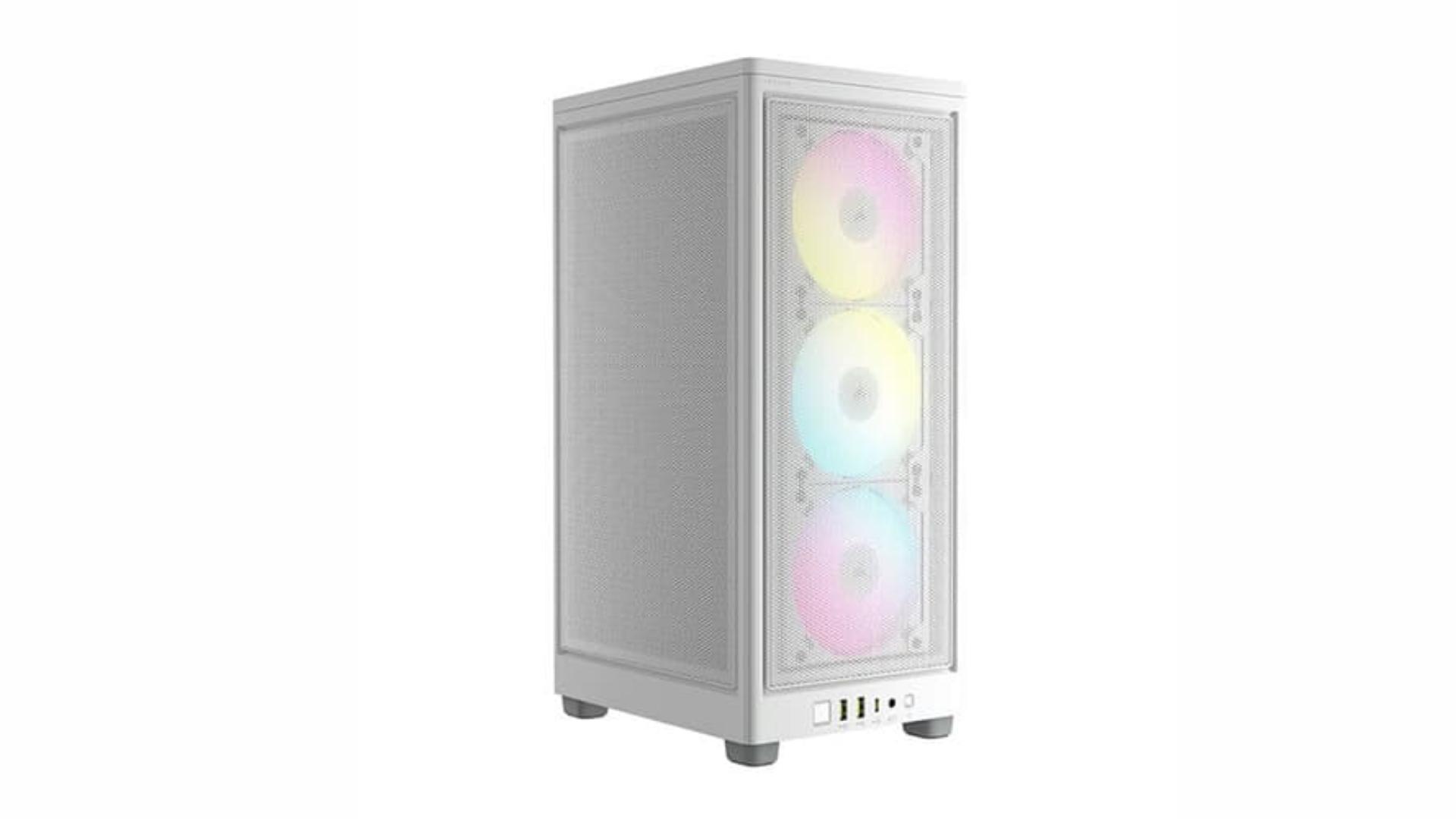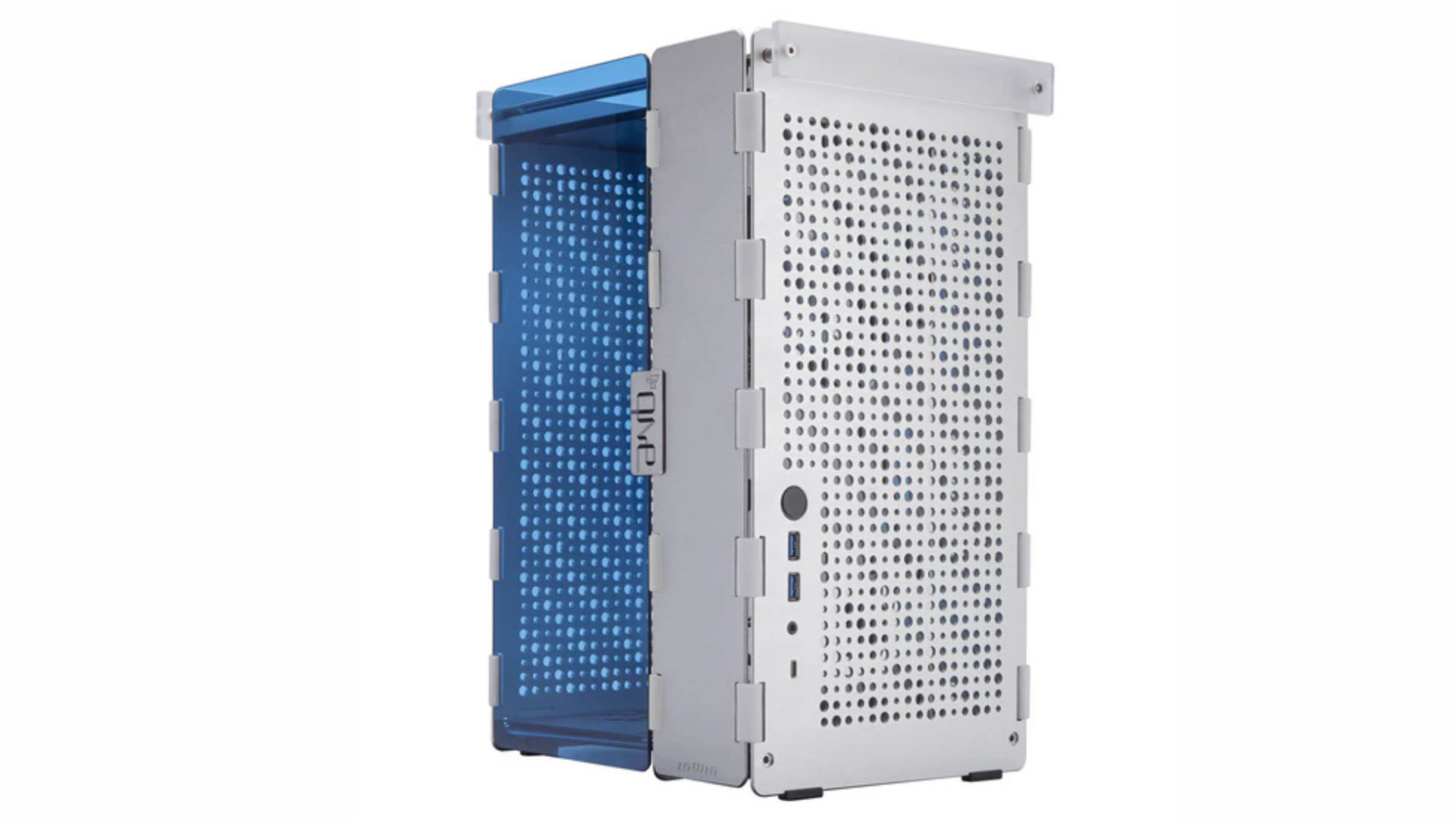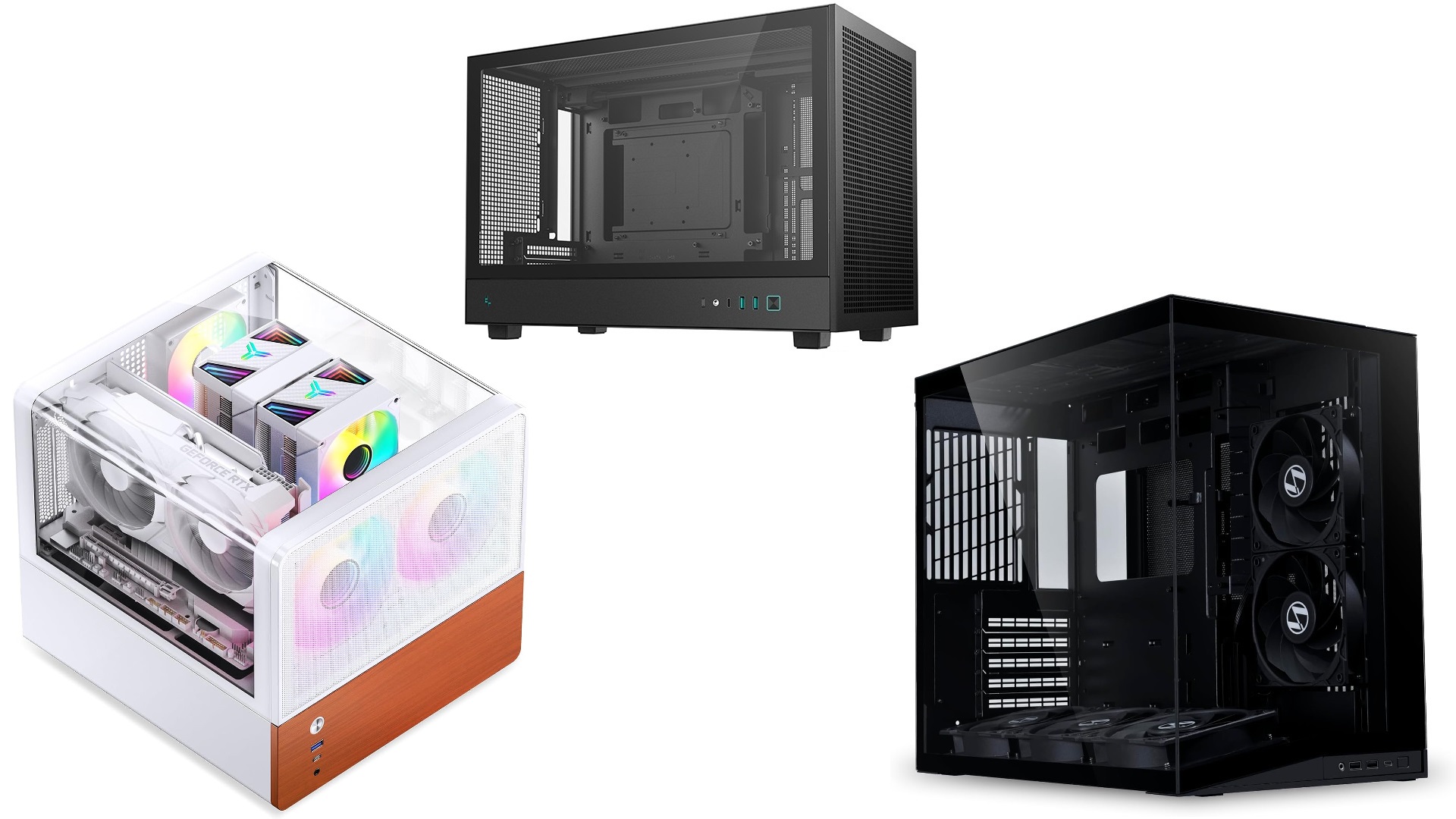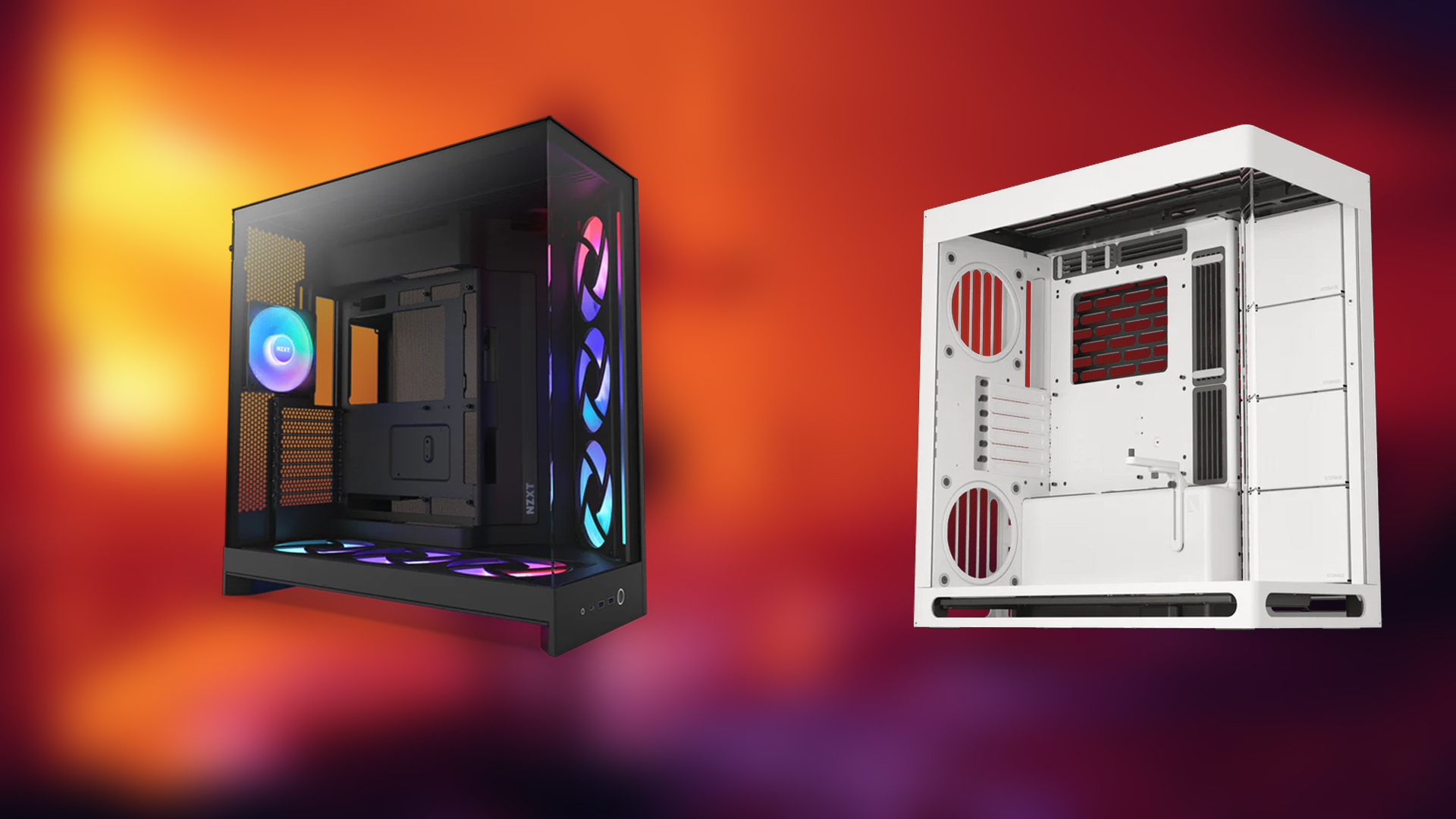Are small form factor PCs worth it in 2025? We break down performance, pros, cons, and who should consider these compact powerhouses.

SFF PCs have been rising in popularity over the last decade, largely thanks to improvements in component miniaturization. Now, we have more options than we ever did when it comes to small form factor cases, motherboards, power supplies, and low-profile coolers.
In 2025, PCs with smaller footprints are no longer limited to light workloads because of their limited cooling potential or unavailability of space for full-size components. These might make you wonder: are small form factor PCs worth it in 2025? This article breaks down the current state of SFF PCs, what they offer, where they fall short, and who should consider one.
What Makes SFF PCs Different in 2025?

In 2025, SFF PC designs are more inclusive, capable of supporting full-size GPUs, ATX PSUs, and even AIO liquid coolers. Mini-ITX motherboards now have more options, with modern features like support for DDR5, PCIe Gen 5 for current GPUs, and storage options. However, these boards typically feature one full-size PCIe x16 slot and 1 or a max of 2 M.2 slots, so expandability is limited. This likely won’t be an issue for most users, given that multi-GPU setups have been obsolete since the RTX 3000 series and high-capacity NVMe storage has become widely available.
Case manufacturers have improved thermals in compact cases by focusing on direct airflow designs and better internal layouts. All-in-one (AIO) liquid coolers and low-profile air coolers have been optimized for tighter spaces, helping manage heat from high-wattage CPUs. Modular SFX and SFX-L power supplies now deliver up to 1000W in compact footprints, making them suitable for demanding builds. Popular cases like the Cooler Master NR200P Max and SSUPD Meshroom S accommodate full-size GPUs and larger AIOs while maintaining airflow.
Performance vs Size: Can SFF PCs Keep Up?
Yes, and more than ever. In 2025, performance is no longer something you have to sacrifice for a compact build. With the latest CPU options running more efficiently and GPUs available in SFF-ready, low-profile versions. These systems can handle everything from AAA gaming to heavy creative workloads with ease.
Modern SFF cases are designed with performance in mind. Smart airflow layouts, vertical GPU mounting for direct airflow setups, and support for 240mm or even 280mm AIO coolers have made it possible to run high-end hardware without thermal throttling. In real-world use, whether you’re gaming, streaming, editing, or compiling code, a well-built SFF PC can keep pace with full-sized desktops.
While thermal headroom is naturally tighter, small form factor builds are now optimized for high performance in small spaces, making them more viable than ever for serious users.
SFF PC Worth It 2025? Who Should Consider One

Here are a few potential use cases for SFF builds:
- Users with limited desk or floor space, such as students, apartment dwellers, or those working in shared spaces.
- Gamers who attend LAN events or frequently move their setup, SFF builds are comparatively more portable..e.
- Design-focused users who care about aesthetics, SFF builds often pair well with modern, minimal desk setups.
- Tech hobbyists and builders who like the overall planning and building experience associated with small form factor builds.
Limitations To Keep in Mind

While SFF PCs have come a long way, they still come with a few caveats. Cooling remains the biggest challenge. Tighter spaces restrict airflow and make it harder to manage temperatures, especially when you use high-wattage GPUs or CPUs. Efficient thermal planning is essential to avoid performance throttling.
Internal expandability is also more limited. Most SFF cases support fewer storage drives and just 2 RAM slots. That means newer, larger, and more power-hungry components might restrict your ability to upgrade in the future.
Cable management in compact builds is often a test of patience. Cramped interiors leave little room for slack, and many builders turn to custom or low-profile cables to make it work. Compatibility checks are a must—things like GPU length, CPU cooler height, and PSU wattage all need to align perfectly.
Lastly, cost can sneak up on you. While SFF builds save space, components like SFX power supplies, low-profile coolers, and premium cases tend to be more expensive than their full-size equivalents.
SFF PC Worth It 2025? Final Thoughts
So, to answer the question, are small form factor PCs worth it in 2025? The short answer is: Yes. Small form factor PCs in 2025 are no longer just niche builds. They are capable, efficient, and packed with hardware that can go toe to toe with full-sized systems in most real-world scenarios.
They make the most sense for users who prioritize a clean setup, have limited space, or require portability. However, they are not ideal for everyone. If you constantly upgrade, have to run multiple GPUs, or prioritize maximum airflow, you will likely benefit more from a traditional ATX build.
Looking For More Related to Tech?
We provide the latest news and “How To’s” for Tech content. Meanwhile, you can check out the following articles related to PC GPUs, CPU and GPU comparisons, mobile phones, and more:
- 5 Best Air Coolers for CPUs in 2025
- ASUS TUF Gaming F16 Release Date, Specifications, Price, and More
- iPhone 16e vs iPhone SE (3rd Gen): Which One To Buy in 2025?
- Powerbeats Pro 2 vs AirPods Pro 2: Which One To Get in 2025
- RTX 5070 Ti vs. RTX 4070 Super: Specs, Price and More Compared
- Windows 11: How To Disable Lock Screen Widgets
 Reddit
Reddit
 Email
Email


